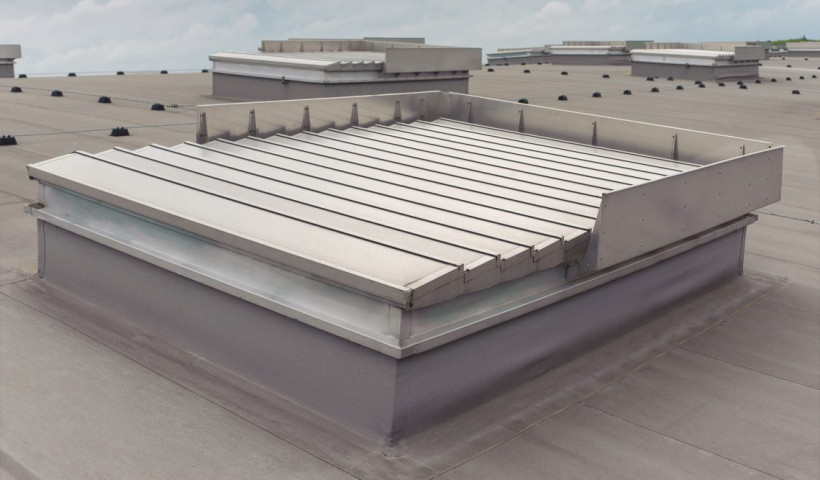
Effective ventilation of medium density housing and apartments is essential to achieving warm, dry and healthy homes. An engineered ventilation design is key to success, as these buildings come with unique complexities not found in traditional standalone houses.
In recent years the importance of effective ventilation and indoor air quality has become more widely recognised. At the same time New Zealand has begun building medium density residential developments in increasing numbers as house prices rise and land availability diminishes. The ventilation systems of these buildings require careful attention as they come with complexities in design that are not usually encountered in standalone houses.
In 2020 Ventüer was contracted by Dominion Constructors for the engineering and supply of the mechanical ventilation system in a new apartment development in Auckland. A cost effective, reliable and simple to install solution was required which could meet the needs of the most demanding areas of the apartments; the kitchen, bathroom and laundry.
The bathroom is a particular pain point in apartments. For example, a single 10-minute shower can release enough moisture into the air to fill a Coke can. To deal with this, a suitable air change rate is required. Untreated, the result is often black mould and even structural damage. This is one of the reasons an ‘off-the-shelf’ ventilation kit is not recommended. They may claim to meet the legal minimum requirements of 25 l/s, but long duct runs, multiple bends and low powered fans will often result in reduced flow rates — flow rates that are not only below code requirements but also allow long term moisture damage.
Apartments such as these require an engineered design. The Ventüer solution in this case used inline mixed-flow fans, along with 150mm PVC ductwork, eggcrate ceiling grille diffusers and custom fabricated aluminium cowls.
The inline fans used on this project are particularly well suited to apartments because of their mixed flow impeller design which results in an improved airflow performance along with lower noise than other fan types. Additionally, their compact nature makes them ideal for tight ceiling voids.
The lightweight, rigid PVC ducting used throughout the complex is both cost effective and easy to cut and work with on site. Non-flammable, it comes with a large range of industrial fittings (elbows, junctions, dampers etc) and is also suitable for kitchen extracts as it will not allow grease to leak through the joints and can be easily cleaned.
One final consideration was the need to work around fire-rated walls and floors. So fire dampers were engineered into the relevant parts of the system in order to avoid jeopardising the fire safety of the building.
With precise and comprehensive shop drawings making life easy for the builders and installers, the final result was a bespoke solution that delivers on the promises of the building owner and provides tenants with a healthy living space they can call home.
Project: Medium Density Apartment Development, Beach Haven, Auckland
Architect: Young & Richards
Main Contractor: Dominion Constructors
Products Supplied: Ventüer residential mechanical ventilation systems











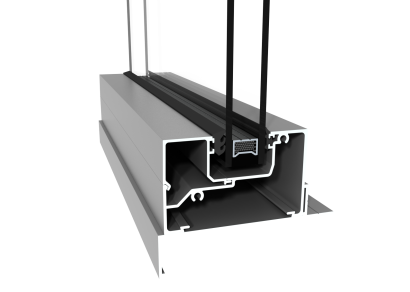
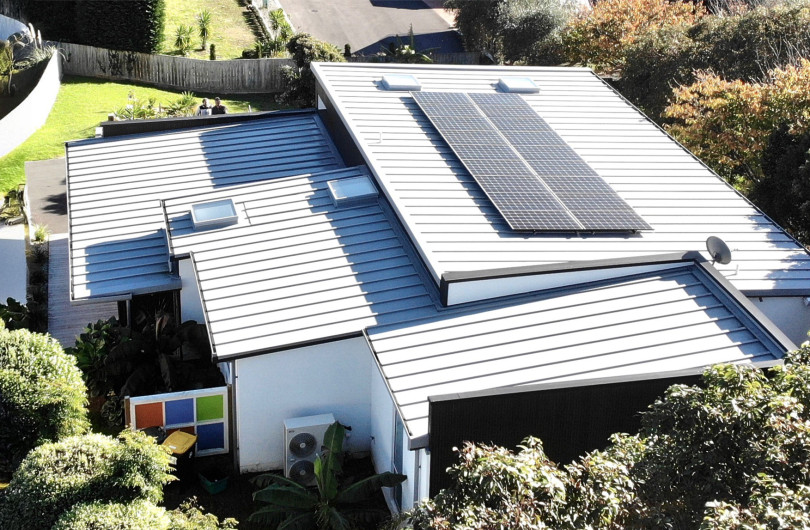
 New Products
New Products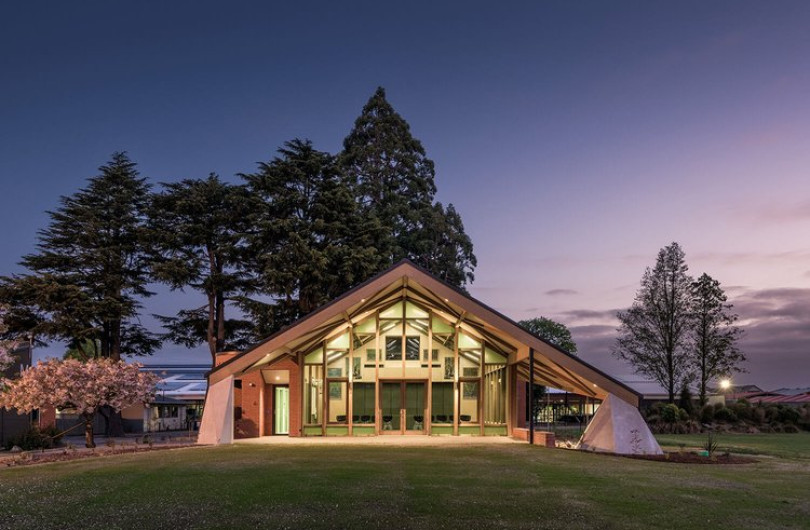
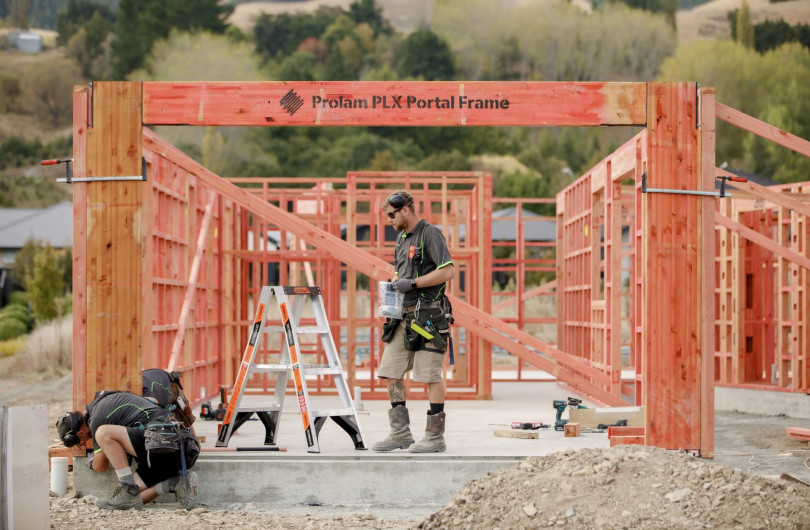




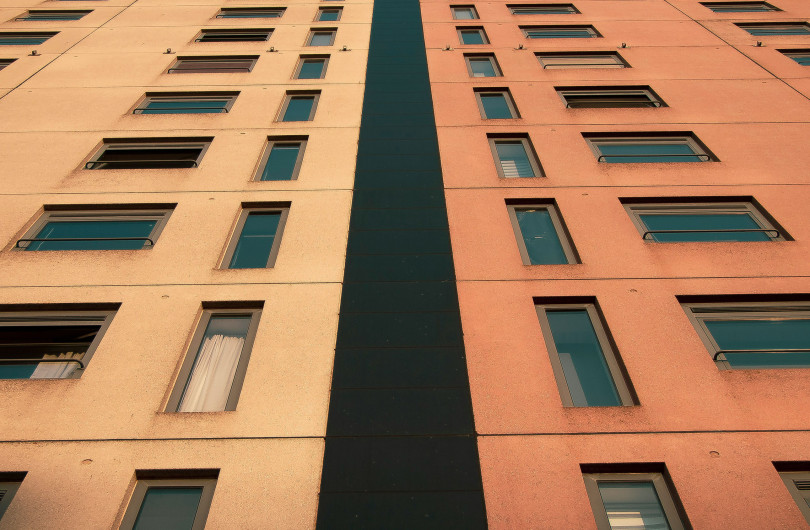


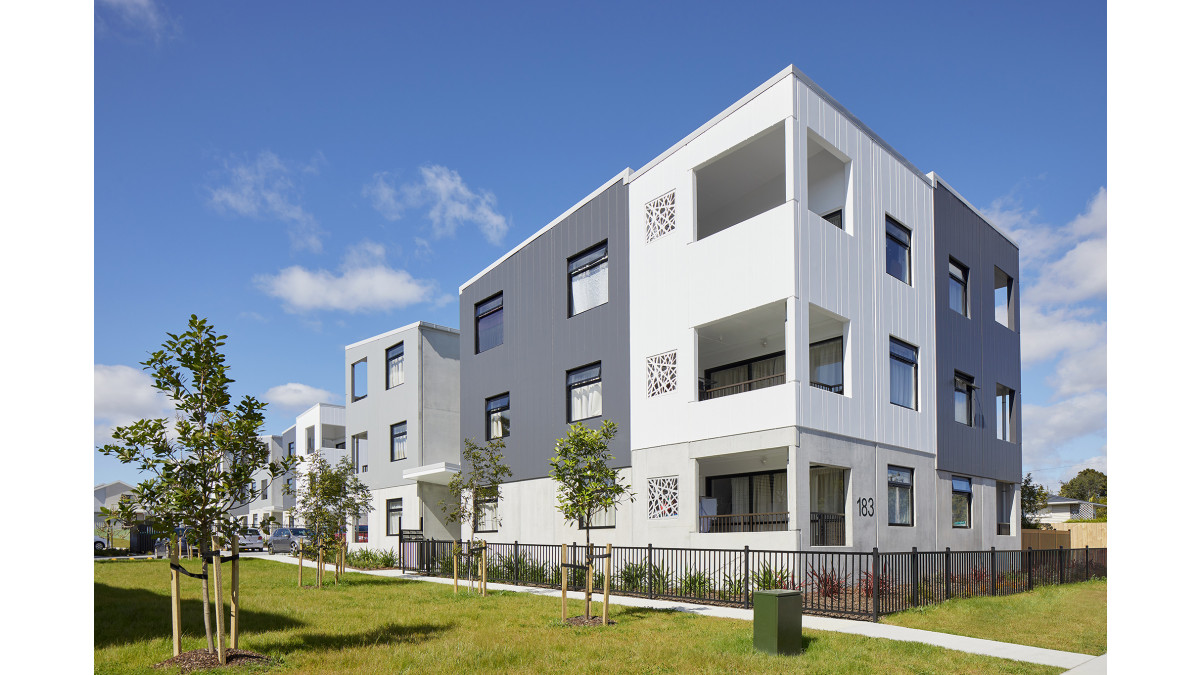
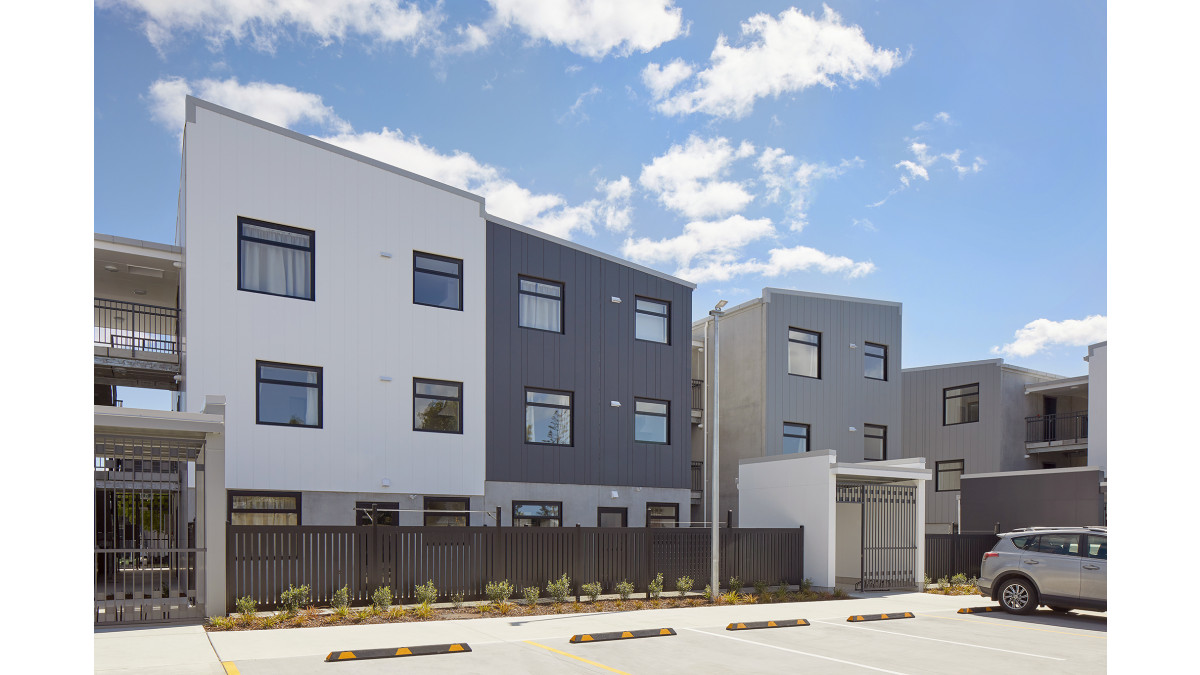
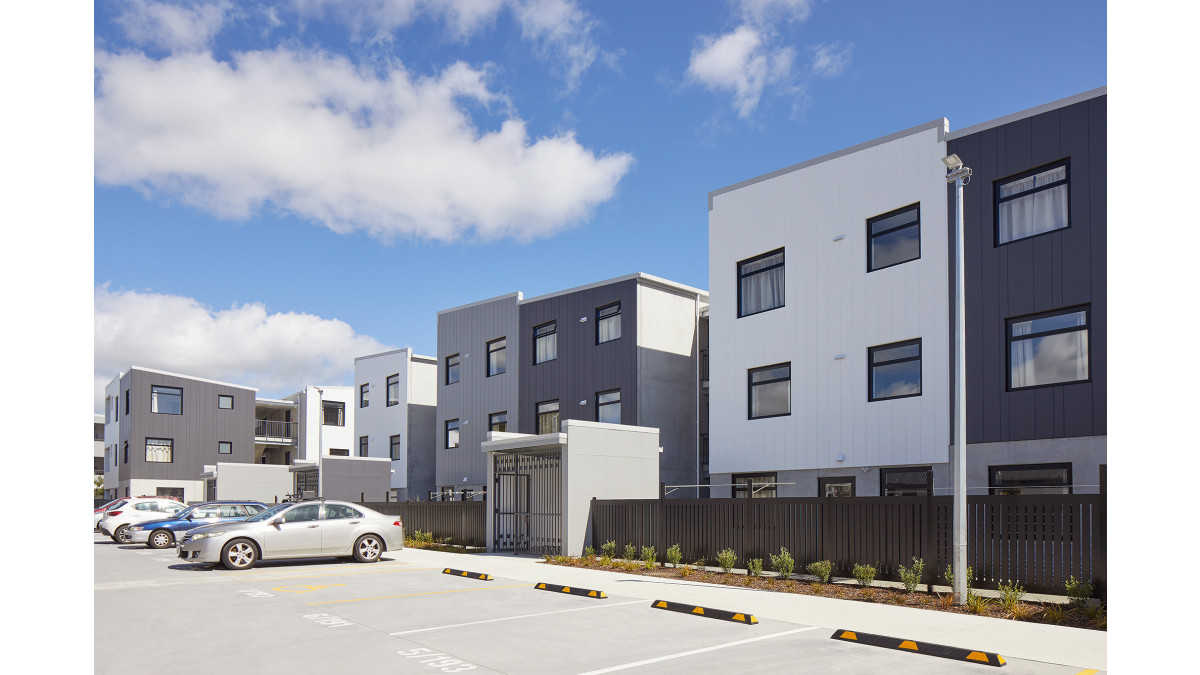
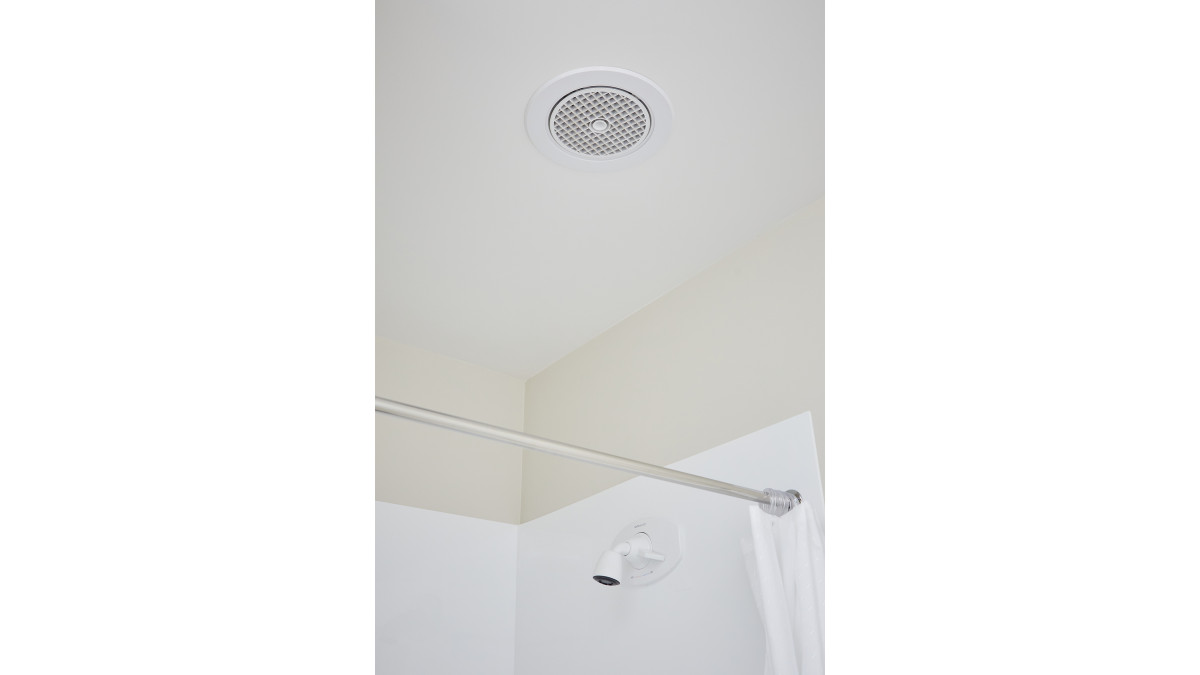
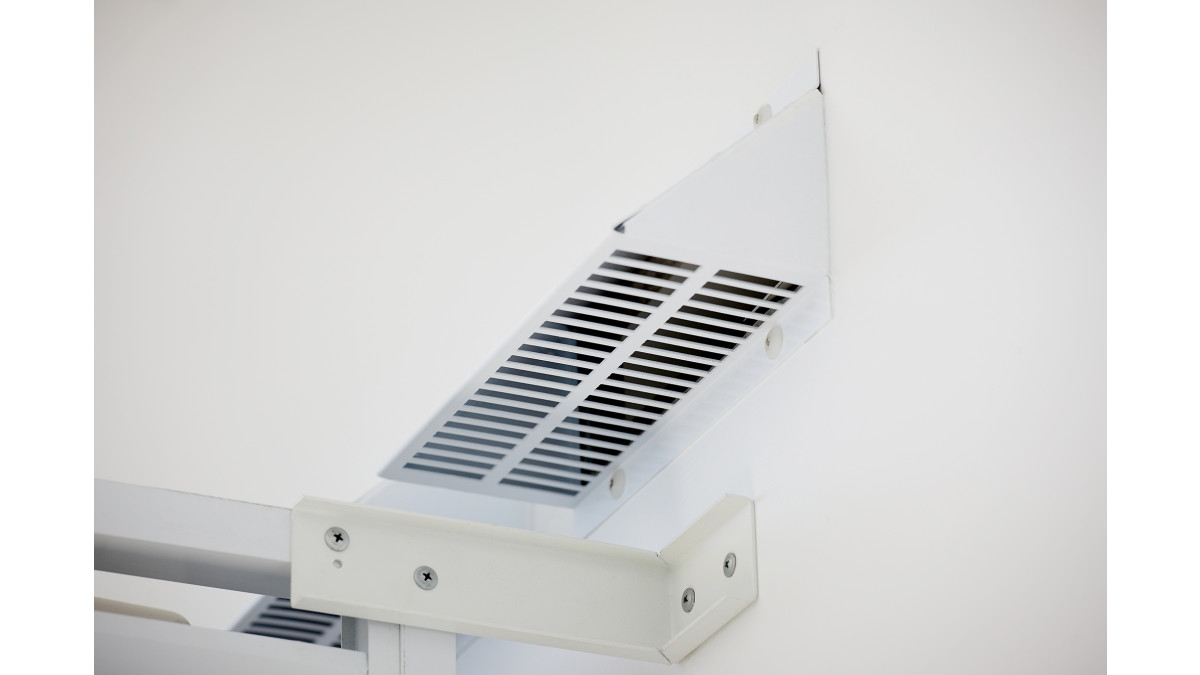
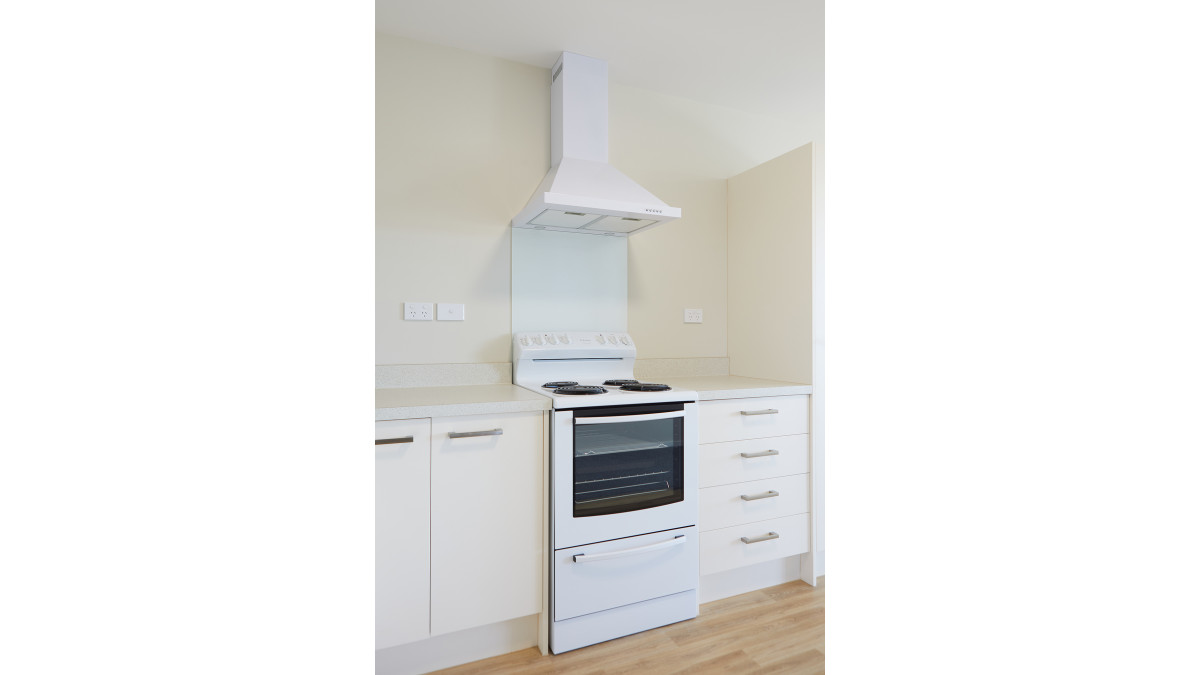


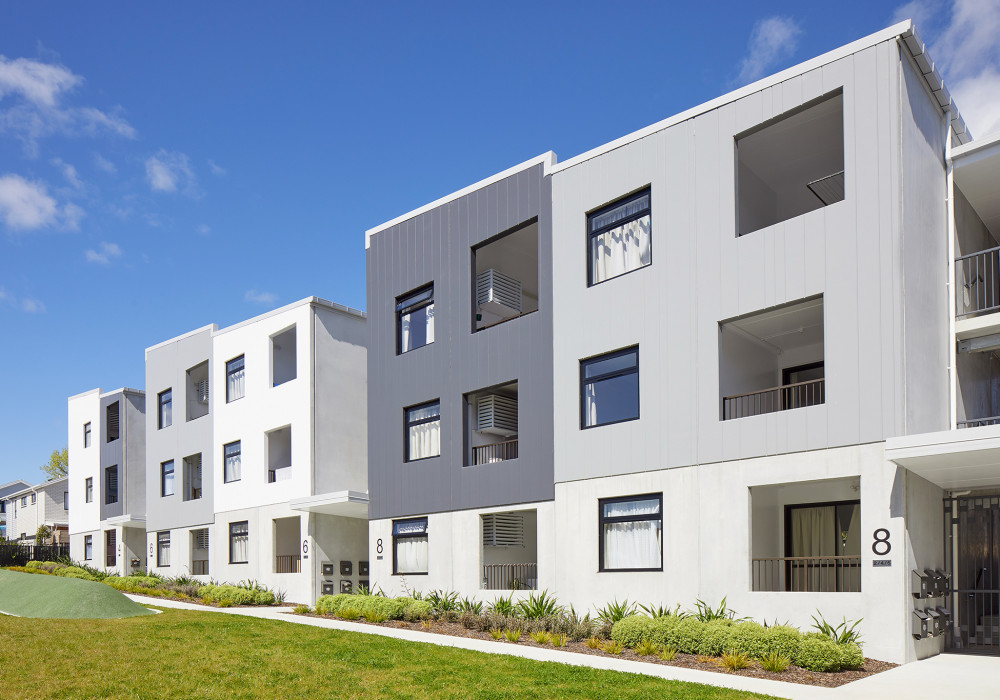

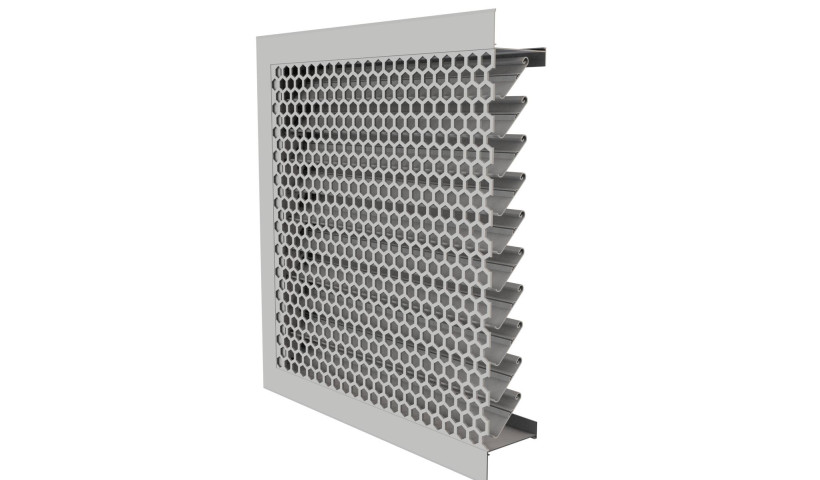
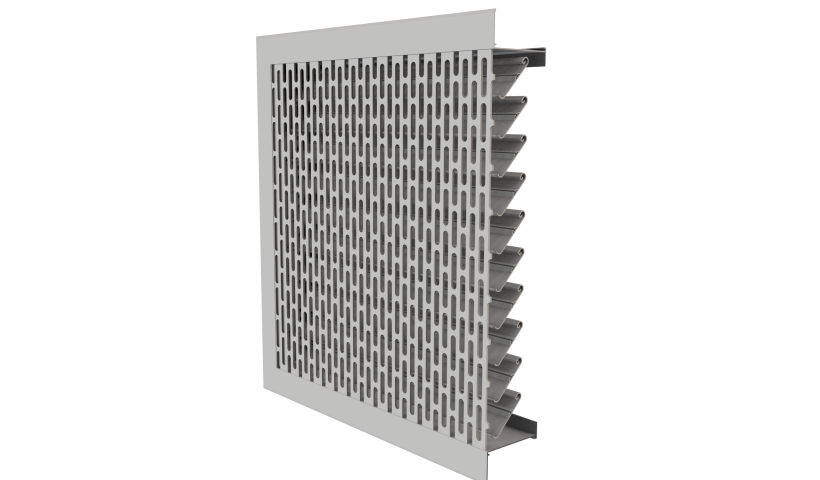
 Popular Products from Ventüer
Popular Products from Ventüer


 Most Popular
Most Popular


 Popular Blog Posts
Popular Blog Posts